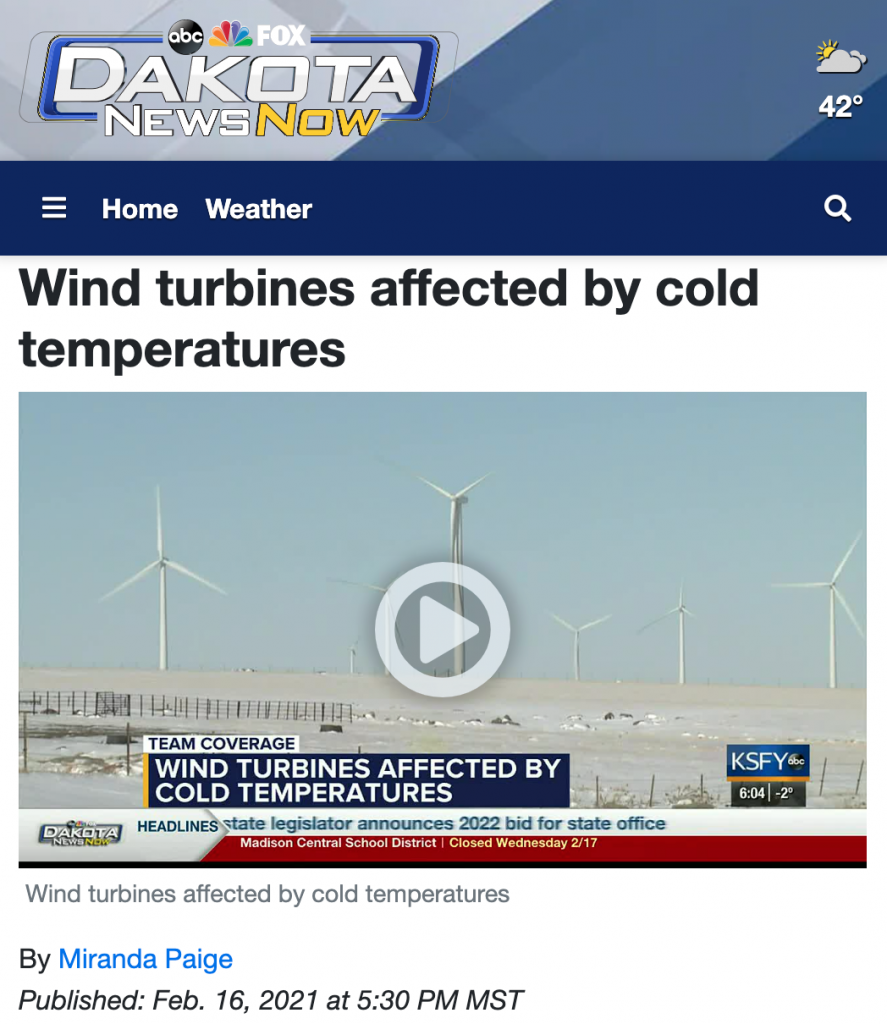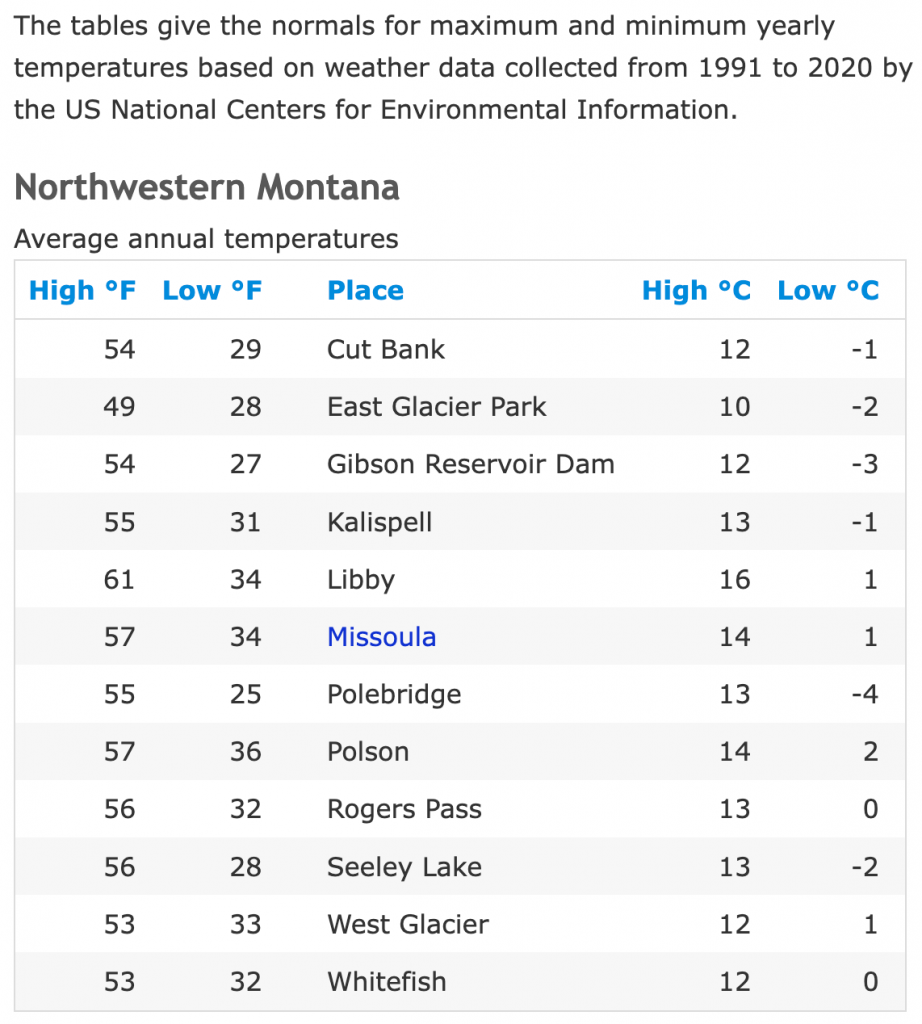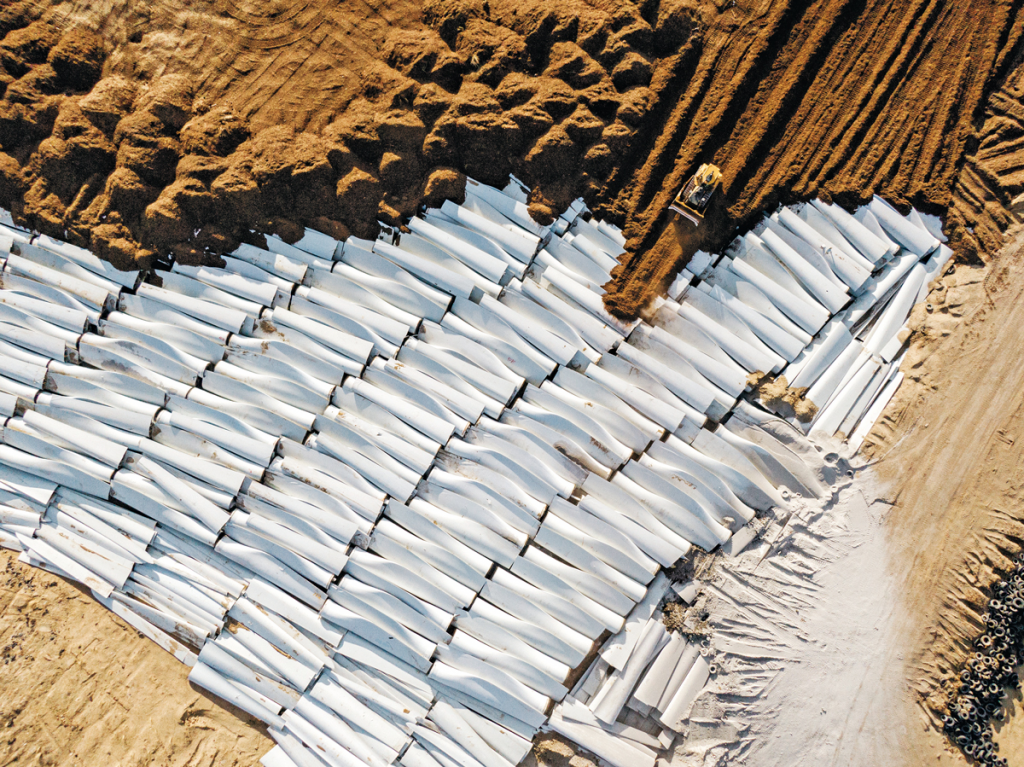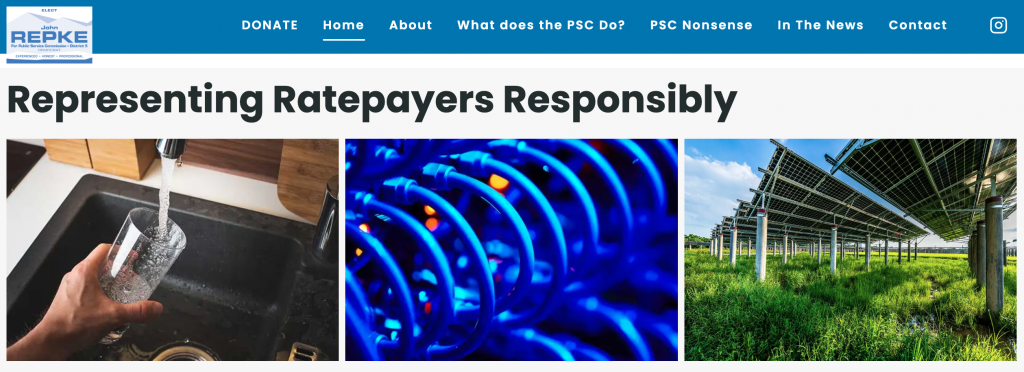Bukacek Questioning Green Energy Sources is Not “Anti-Green”

Helicopter attempts to de-ice turbine blade on Swedish wind turbine.
Solar and wind power are being heavily touted by environmentalists, in general, and Democrats, in particular, with the “Green New Deal.” Solar and wind power can both have their place, but the reality is their place is very limited, particularly in states with a climate like Montana’s. Solar requires sun and Montana is not known for having a lot of sunny days, particularly in the winter:

Regarding wind power generation, there are also limits based on Montana’s climate. The wind does not always blow. Wind turbines do not perform well in cold weather and, similar to this news report regarding the performance of wind turbines in our neighboring Dakotas, we have a lot of cold weather in Montana:


In this article, I will more closely examine wind power, because in my opinion, it is the least “renewable” of the allegedly “green” sources of power. From production to disposal at end of use, there is truly nothing green about the industrial wind turbines that are used on wind farms. Production involves incredible quantities of fossil fuel, labor (often child labor in third world countries like Myanmar) and minerals that must be strip mined.
The cost of just one averaged-sized industrial wind turbine for a wind farm is approximately $2.3 million dollars. Also consider the cost of transportation for just one of these giants, most particularly the amount and cost of fuel. One turbine blade at a time (there are three per turbine) must be transported on a specialized truck bed and I have even seen two trucks used. These trucks are escorted by at least two other vehicles, one leading the way and the other following, all with caution signs. The trucks and turbine blade are oversized and have to go at a slower pace, so they often are the source of traffic jams and backups during transport. Then there is the cost for the workers driving, which would include things like meals, lodging, and their pay for the transportation job. If the blades are being transported from a manufacturing facility like the TECO Westinghouse facility in Round Rock, Texas to the closest wind farm in Montana, that is a journey of approximately 1,500 miles. Now imagine the cost to transport three turbine blades, plus the tower and motor.
Then there is the cost to have the turbine set up including ongoing maintenance, which can be quite substantial. How many years would the turbine need to work faithfully to even begin to pay for itself, let alone actually produce a profit of energy? Do they even produce enough electricity to run all of the turbines on their own farm, let alone for anything in the surrounding area?
While environmentalists claim that wind turbines can be recycled, this is not done for a number of practical reasons, which mostly involve the sheer magnitude of attempting to recycle these enormous machines. Because of this, these monsters end up in land fills of tremendous size. Environmentalists give countless lectures about the evils of not recycling things like plastic jugs, but it is ok to put countless 126-foot wind turbine blades in the ground because there is no practical way to recycle them?

The hypocrisy of the radical environmentalists who tout these monsters, not including the lack of practical recyclability, enormous cost of “evil” fossil fuels to produce and transport them, and the extreme environmental impact of production; is the enormous cost to wildlife, most particularly bats and large birds like raptors. Many of these raptors are on either on, or were on, the environmentalist’s venerated “endangered species list.” It is estimated that annually wind turbines kill approximately 650,000 to 750,000 birds and over 1 million bats. Where is the outrage and outcry from these environmentalists who would typically sue to shut down a family farm because of some allegedly endangered creature or insect no one has ever heard of?
Considering all of these factors, calling wind power renewable because we have wind is equivalent to saying automobiles are renewable because we have roads. It just does not add up.
Dr. Annie Bukacek is the Republican candidate for Public Service Commission District 5 and has a common sense grasp of the facts and the reality of energy sources utilized in Montana. While she is frequently accused by her detractors of being “anti-green energy” Bukacek is, in fact, quite the opposite. Dr. Bukacek gave an excellent presentation that clearly spells out her goals, objectives and extensive research and is available on her website Bukacek4PSC.com.
The power source Bukacek is most passionate about is hydroelectric power; one of the safest, most reliable and renewable energy sources that also happens to be the cleanest energy source. Hydroelectric power infrastructure is already in place in Montana, remains our number one renewable energy source, and accounts for 41% of our energy production (6:50 in the video).
Hydroelectric power has been under fire for a number of years with pressure to increase other “green” energy sources such as wind turbine farms and solar. At 11:30 in Bukacek’s presentation to voters, she explains there was a worldwide push in 2005 to mandate that large hydroelectric dams not be considered “renewable,” making funding for these valuable sources far more difficult. Thankfully, our Montana Legislature passed SB 45 in 2013 with bipartisan support to formally reinstate hydroelectric power as a renewable energy source.
John Repke, the Democratic candidate for PSC 5, champions both solar and wind, but appears to focus more on wind power, as demonstrated on his website.


Montanans in Public Service Commission District 5 need practical, common sense leadership that will actually result in viable solutions to help with energy production and cost, while still protecting our beautiful Treasure State. Dr. Annie Bukacek fits the bill.